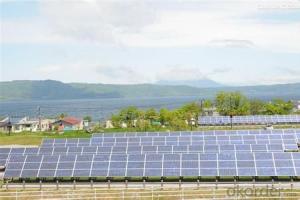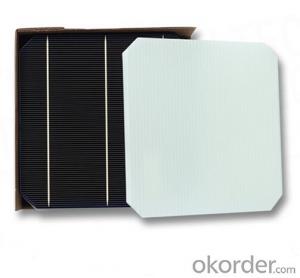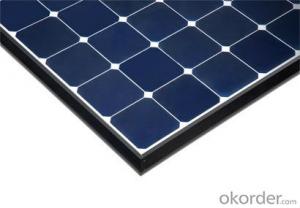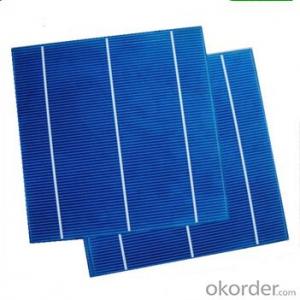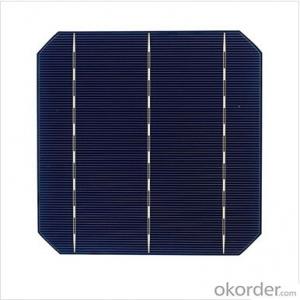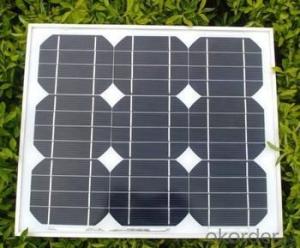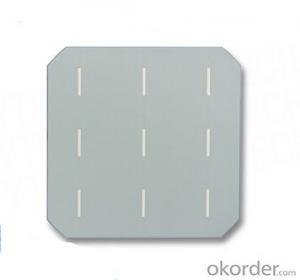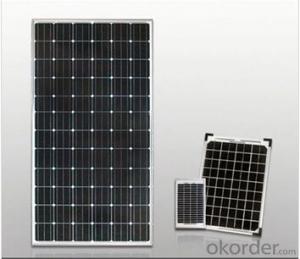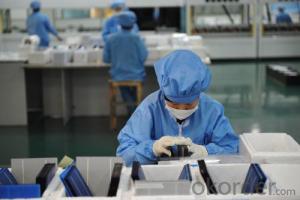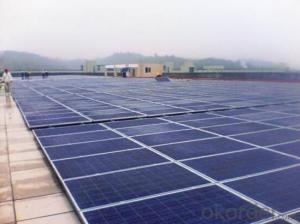Amorphous Silicon Solar Cells
Amorphous Silicon Solar Cells Related Searches
Solar Panel Inverter For Rv Solar Panel Kit With Inverter Inverter Used In Solar Panel Best Inverter Solar Panel Solar Panel On Roof Rack Solar Panel To 240v Inverter Solar Panel To Inverter Ratio Solar Panel Mini Inverter Solar Panel Inverter Battery Solar Panel Inverter BoxHot Searches
Cheap Solar Cells For Sale Flexible Solar Cells For Sale Printed Solar Cells For Sale Bulk Solar Cells For Sale 6x6 Solar Cells For Sale Broken Solar Cells For Sale Cpv Solar Cells For Sale Price Of Silicon Solar Cells Price Of Solar Cells Over Time Buy Solar Cells From China Cheap Solar Cells China Best Type Of Solar Cells Flexible Solar Cells Price 3 Types Of Solar Cells Production Of Solar Cells Common Types Of Solar Cells Q Cells Solar Panel Prices Home Depot Solar Cells N-Type Solar Cells Buy Solar Cells WholesaleAmorphous Silicon Solar Cells Supplier & Manufacturer from China
Okorder.com is a professional Amorphous Silicon Solar Cells supplier & manufacturer, offers integrated one-stop services including real-time quoting and online cargo tracking. We are funded by CNBM Group, a Fortune 500 enterprise and the largest Amorphous Silicon Solar Cells firm in China.Hot Products
FAQ
- Solar cells are designed to efficiently convert electromagnetic radiation, particularly sunlight, into electricity. When electromagnetic radiation, such as sunlight, hits the solar cell, it excites the electrons within the cell's semiconductor material. This excitation creates an electric current, which can be harnessed as electrical energy. Therefore, solar cells are specifically designed to handle and utilize electromagnetic radiation to generate electricity.
- Solar cells do not directly handle voltage fluctuations in the grid. Instead, the grid itself, through the use of inverters and other control devices, manages and stabilizes the voltage fluctuations to ensure compatibility with solar cells and other energy sources connected to the grid.
- My son is very interested in solar cells recently, and keeps asking me about the structure of a solar cell. Can anybody help me answer that question?
- This is what I search online from Wikipedia, solar cell is an electrical device that converts the energy of light directly into electricity by the photovoltaic effect.
- How many types of solar cells are now being used in real life?
- 3 kinds of solar cells, Silicon-based, organic, chemical.
- The main components of a solar cell are the semiconductor material (usually silicon), which absorbs sunlight and generates electrons, the metal contacts that allow the flow of current, and the transparent cover that protects the semiconductor from environmental factors while allowing sunlight to reach it.
- Disconnect switches in solar cell systems serve as a crucial safety measure by providing a means to isolate the solar panels from the electrical grid. They allow for the safe maintenance, repair, or replacement of solar components without the risk of electrical shock or damage. Additionally, disconnect switches enable efficient troubleshooting and troubleshooting of solar systems by allowing technicians to isolate specific sections of the system for inspection or repair.
- Solar cells do not directly handle power quality issues. However, inverters, which are an integral part of solar power systems, help mitigate power quality issues. Inverters convert the direct current (DC) produced by solar cells into alternating current (AC) that is suitable for use in electrical systems. Modern inverters include features such as voltage regulation, frequency control, and power factor correction, which help maintain power quality within acceptable limits. Additionally, grid-tied solar systems often rely on the electrical grid to balance power quality issues, as excess solar electricity can be fed back into the grid or drawn from it when needed.
- Fire hazards can have a significant negative impact on solar cells. High temperatures caused by fires can damage or melt the delicate components of solar cells, leading to a decrease in their efficiency or complete malfunction. Additionally, smoke and debris from fires can cover the surface of solar panels, reducing their ability to absorb sunlight and generate electricity. Therefore, fire hazards pose a serious risk to the functionality and longevity of solar cells.









